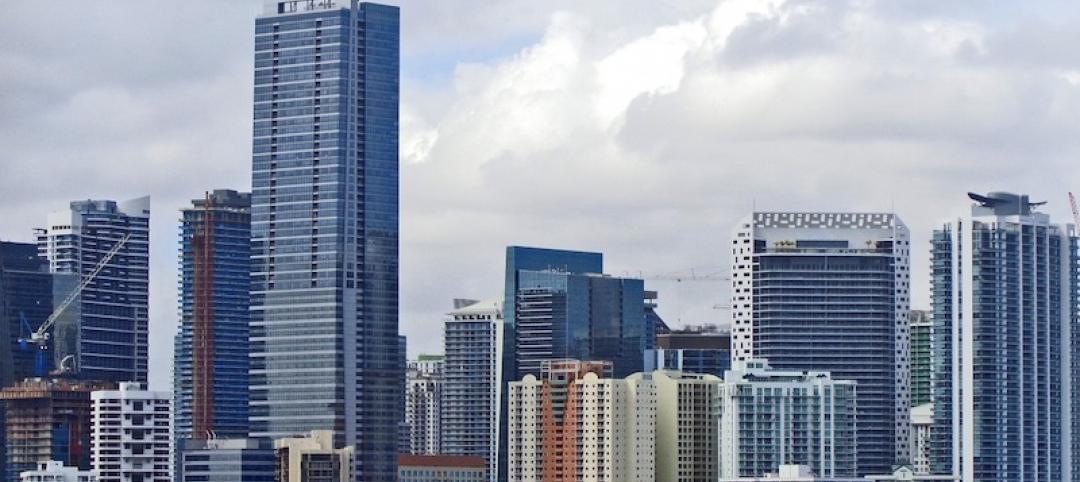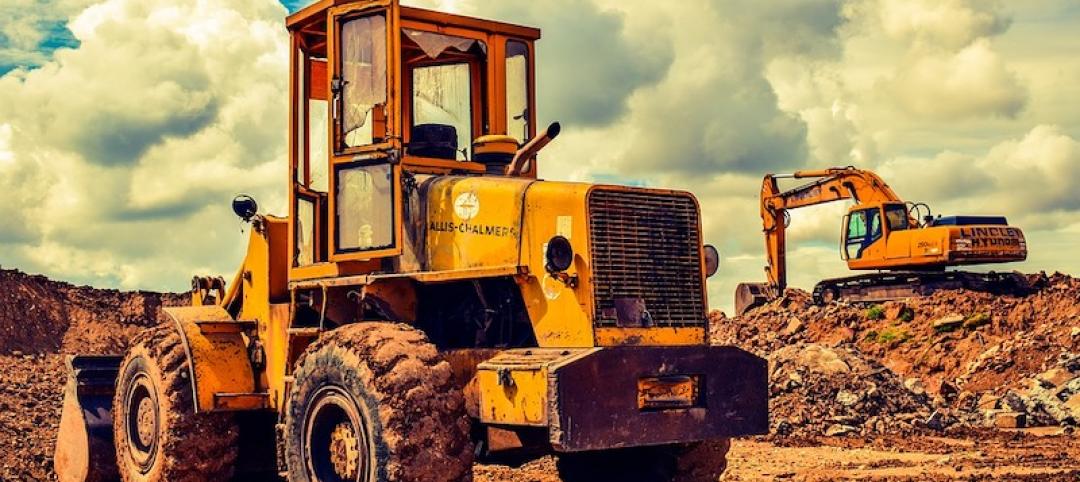Each year, billions of dollars in damage to building foundations and structures is caused by shrinking and swelling behavior caused by clay soil.
In fact, expansive clay soil is the most predominant geologic hazard across the U.S. Several geotechnical solutions can alleviate these problems. On new construction, the options are: removal and replacement, capping or burying the expansive material, and treatment with hydrated lime. Structural solutions in new construction include upgraded structural slabs (post-tension, waffle, mat) or elevated slabs supported on deep foundations.
For an existing structure, a forensic geotechnical study is needed to identify and quantify damages, assign causation, and make appropriate recommendations for remediation. Moisture control may be a suitable option for remediation and it is a design requirement for new construction.
In extreme cases, helical anchors and slab (mud) jacking or removal and reworking of soil below an existing structure is necessary. For paved surfaces, expansive clay soils can be remediated with thicker sections of asphalt, reinforced concrete pavements, and lime treatment.
Related Stories
Codes and Standards | May 31, 2019
Pankow Foundation releases report, tools for embodied carbon impacts
Focus is on MEP and tenant improvements.
Codes and Standards | May 24, 2019
USGBC receives funding for LEED for Cities and Communities Program
Bank of America provides $500,000 grant to certify 15 U.S. cities.
Codes and Standards | May 24, 2019
AIA updates Interiors Contract Documents
Six revised documents available for interior construction projects.
Codes and Standards | May 23, 2019
Northern California casino offers a template for resilient microgrids
Solar power with batteries and backup generators provide weeks of self-reliance.
Codes and Standards | May 23, 2019
Austin creates innovative plan to boost affordable housing
Approach includes loosened zoning, incentives for higher density in lower-cost and mixed-income developments.
Codes and Standards | May 20, 2019
Effort launched to develop better process for zero-carbon retrofits in multifamily sector
Rocky Mountain Institute, Dept. of Energy, California Energy Commission join forces.
Codes and Standards | May 20, 2019
Property lenders shouldn’t invest for 30 years in most of Florida, expert warns
Climate ignorance driving some ‘insane’ deals.
Codes and Standards | May 17, 2019
NIMBYism is the biggest multifamily construction barrier
National Apartment Assn. report assesses reasons for difficulty in creating more apartments.
Codes and Standards | May 17, 2019
Dept. of Energy to award up to $33.5 million for advanced construction R&D
Focus is on techniques to reduce energy bills.
Codes and Standards | May 16, 2019
Mixed reviews on targeted tax break for San Francisco neighborhood
“Twitter tax break” may have worsened some of the area’s problems.
















